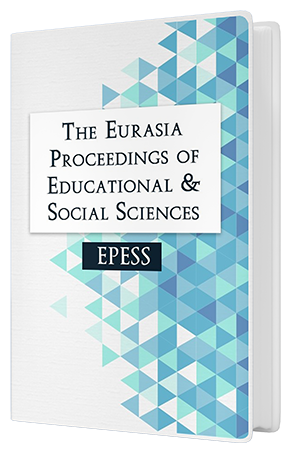Decoding Emotions: Harnessing the Power of Python for Sentiment Analysis in Social Media
DOI:
https://doi.org/10.55549/epess.1381979Keywords:
Sentimental analysis, Natural language processing, Speech detection, JupyterAbstract
Social media usage is increasing tremendously, and it has become a necessity. A person needs to be able to use social media in order to compete in this ever-developing world of technology’s large number of people use social media, some for-entertainment purposes for educational purposes, Some for political, and others for economic purposes. To accommodate this tremendous amount of information that is being disseminated in social media to reflect the views of all these individuals. And all those views (information) have different sentiments echoed in them. To gain some data from the list of information, we need to analyze the feelings of the posts on social media. Sentiment analysis is a powerful tool that utilizes machine learning and natural language processing (NLP) to detect the sentiment - whether it be positive, negative, or neutral - in text. Two primary methods for conducting sentiment analysis are rule-based and automated. Convolutional neural networks (CNNs) and deep learning have been found successful in uncovering meaningful sentiments from texts, allowing for accurate classification of views expressed through written data. By breaking down each step thoughtfully with new ideas, active sentences instead of passive ones, stronger verbs for increased intensity, and synonyms to replace words that could be better used elsewhere, this makes up a successful rewrite of the original text.Downloads
Published
Issue
Section
License
Copyright (c) 2023 The Eurasia Proceedings of Educational and Social Sciences

This work is licensed under a Creative Commons Attribution-NonCommercial-ShareAlike 4.0 International License.
The articles may be used for research, teaching, and private study purposes. Any substantial or systematic reproduction, redistribution, reselling, loan, sub-licensing, systematic supply, or distribution in any form to anyone is expressly forbidden. Authors alone are responsible for the contents of their articles. The journal owns the copyright of the articles. The publisher shall not be liable for any loss, actions, claims, proceedings, demand, or costs or damages whatsoever or howsoever caused arising directly or indirectly in connection with or arising out of the use of the research material. All authors are requested to disclose any actual or potential conflict of interest including any financial, personal or other relationships with other people or organizations regarding the submitted work.




